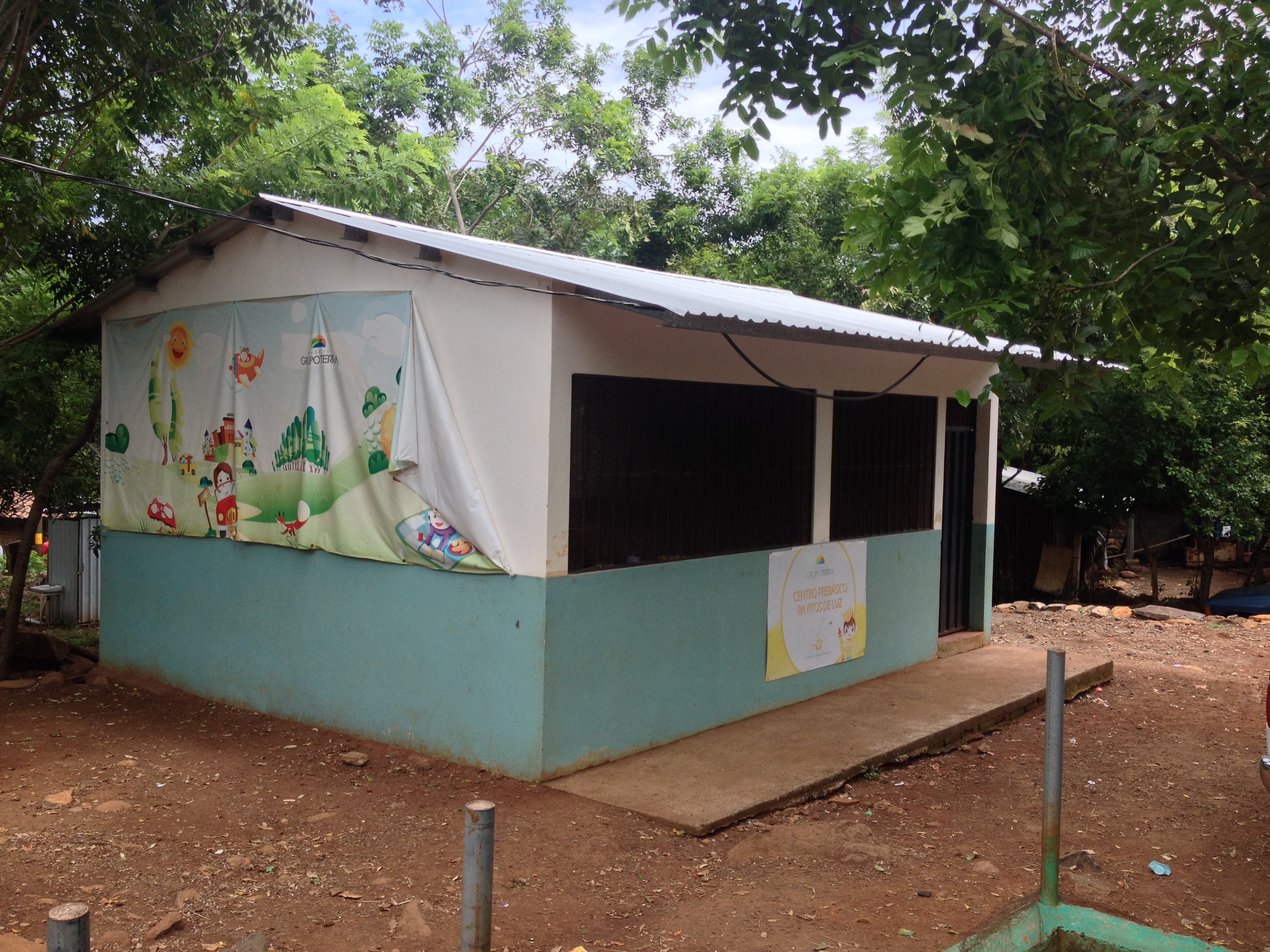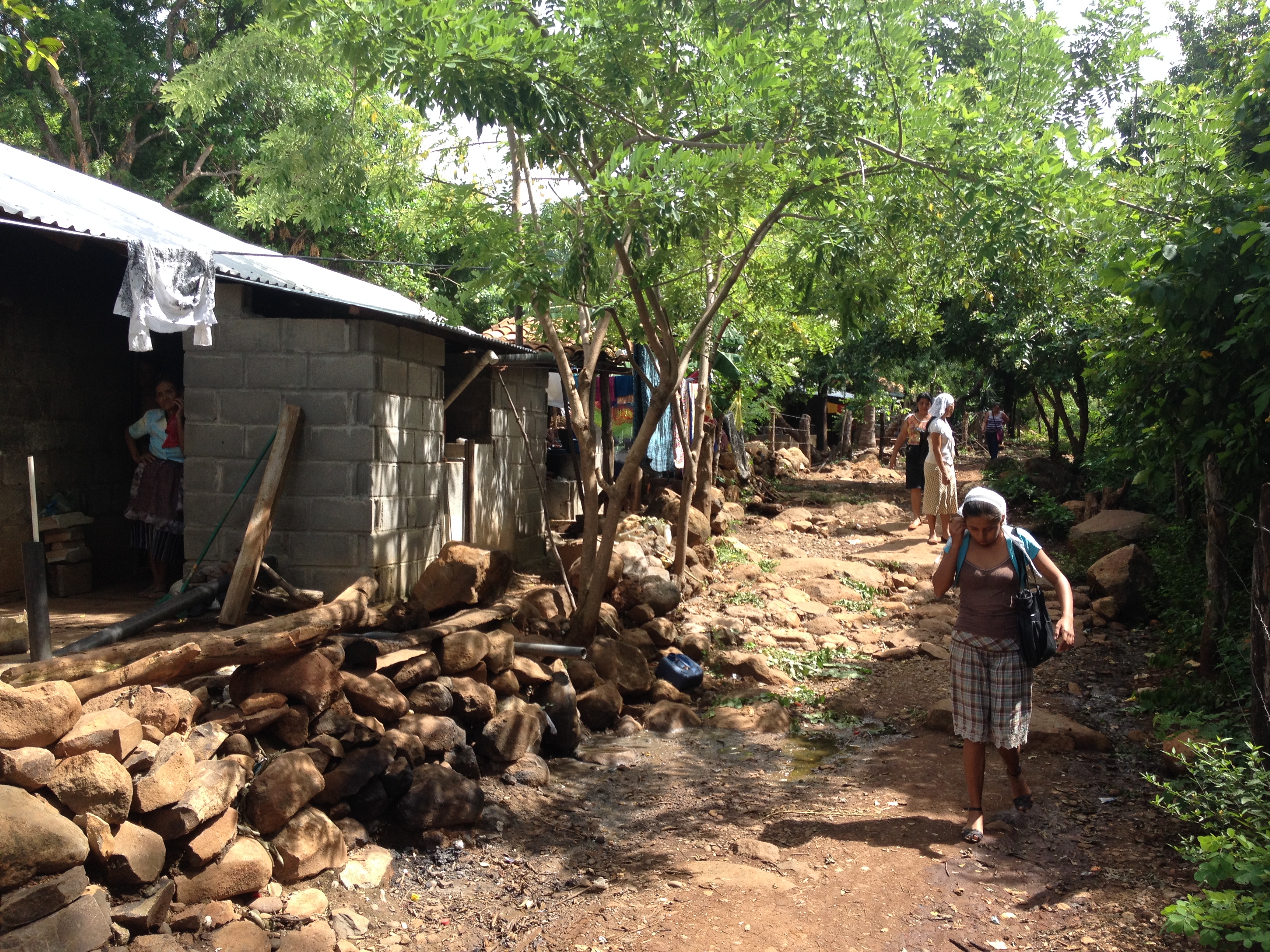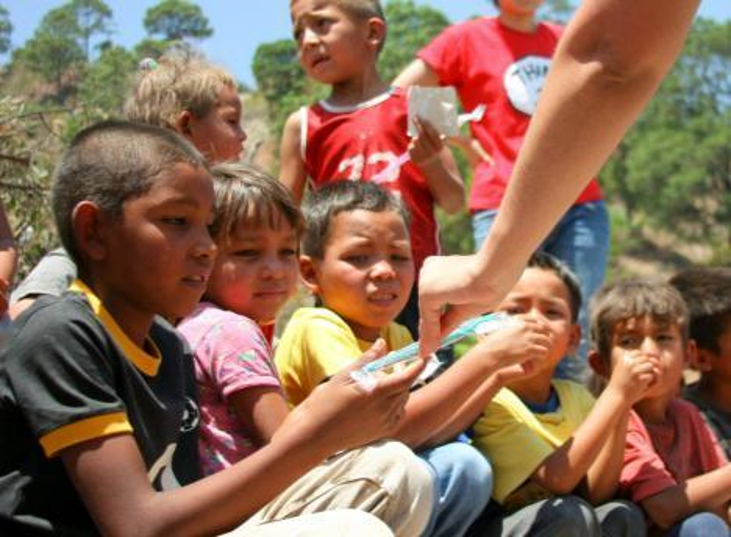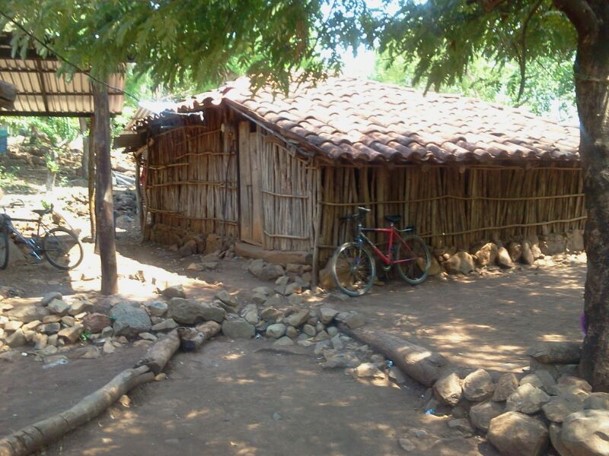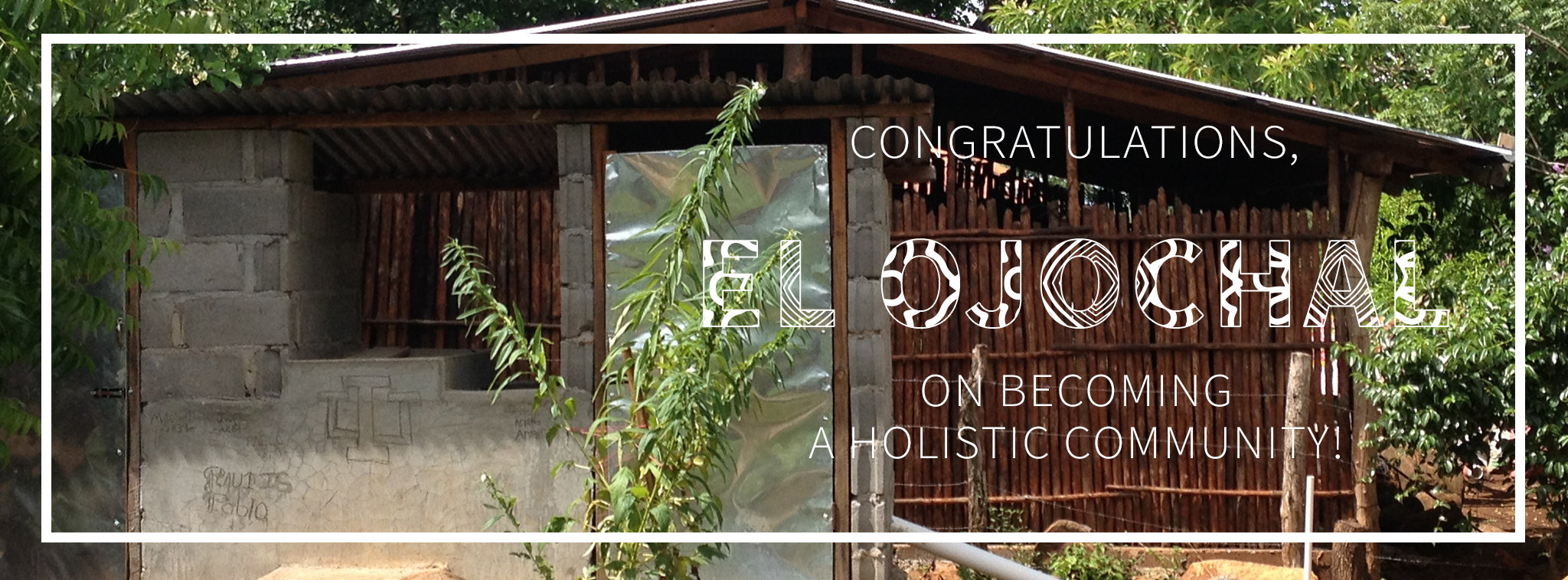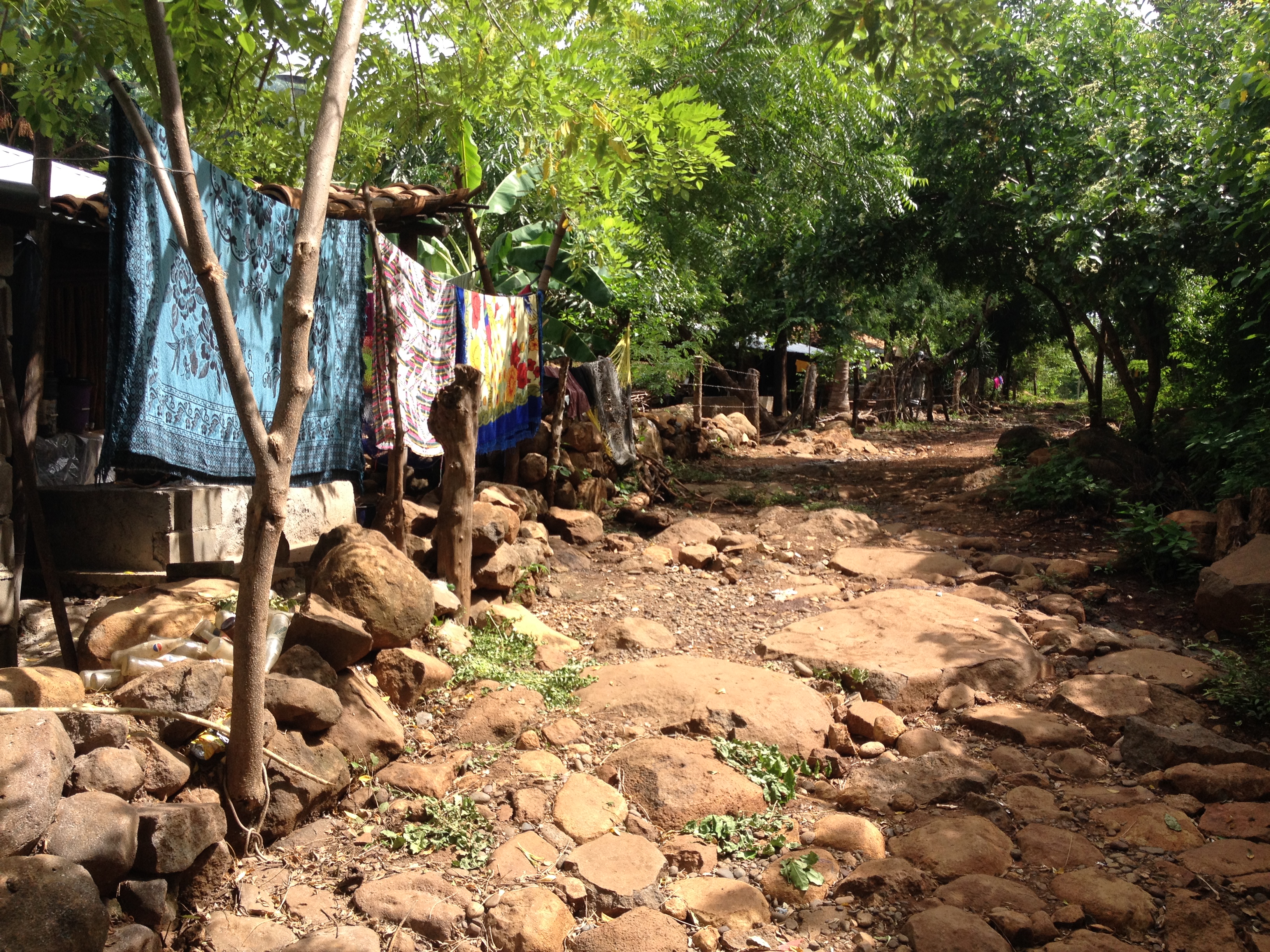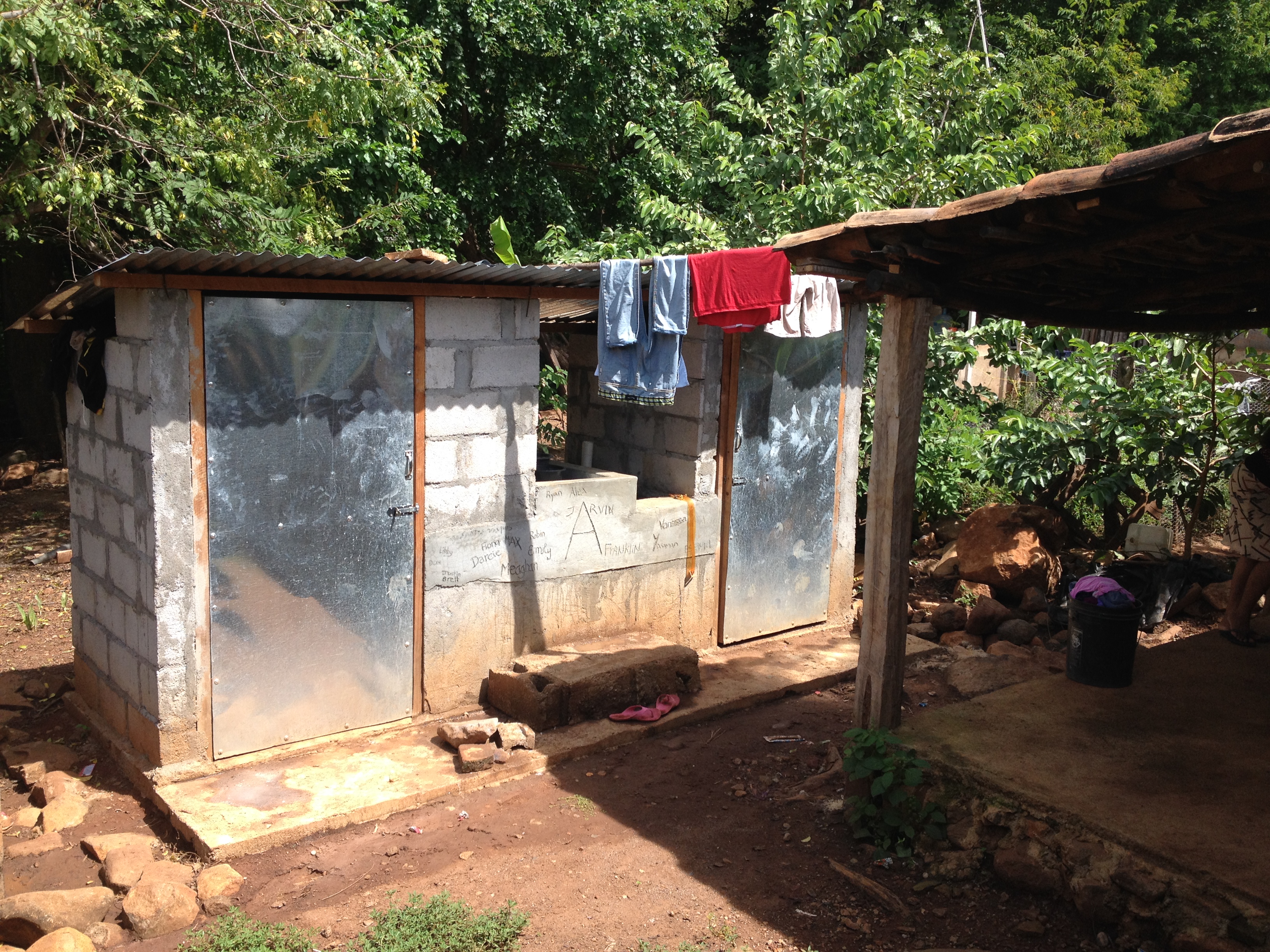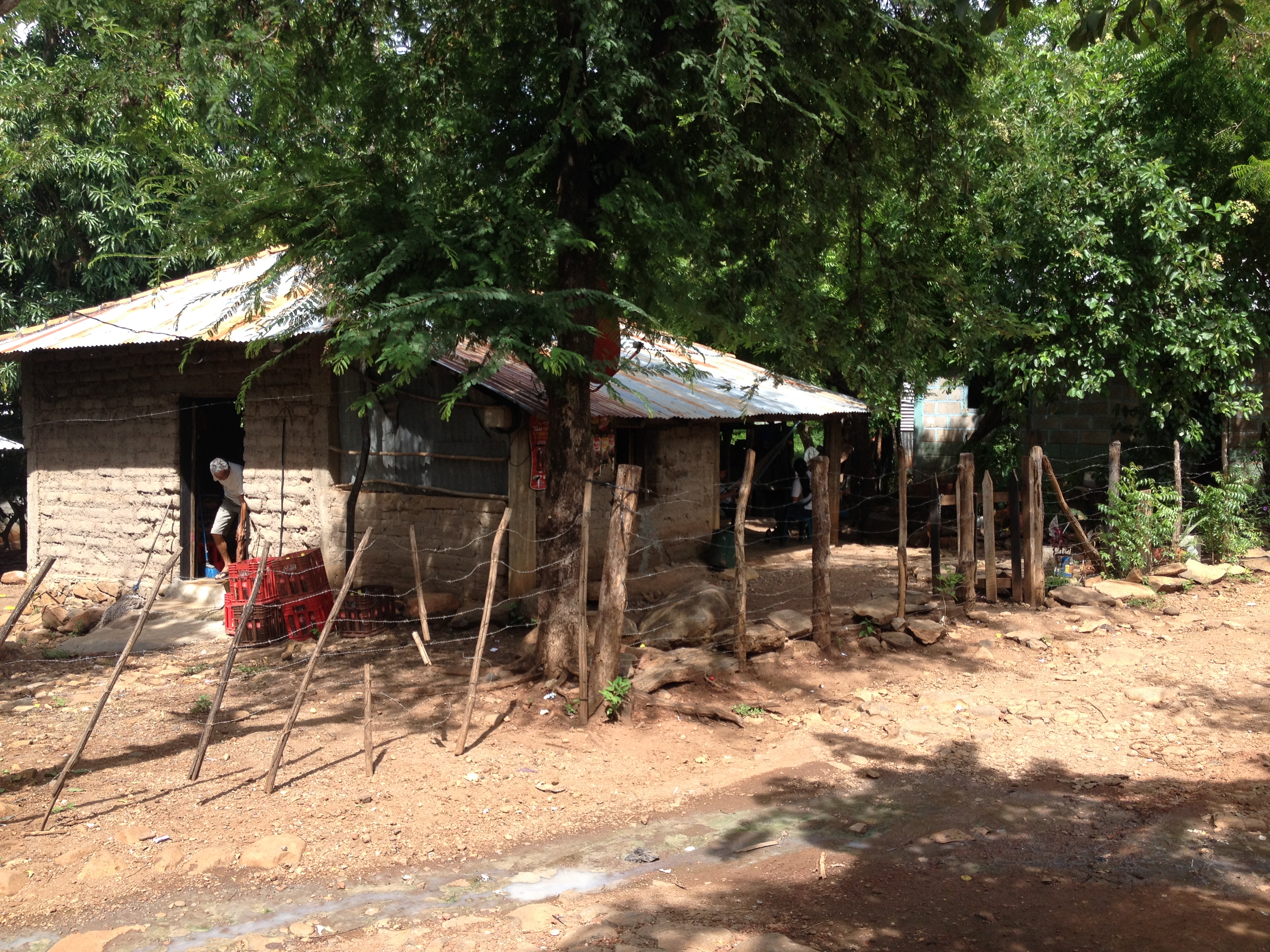El Ojochal, Honduras
![]()
![]()
![]()
![]()
![]()
![]()
![]() Click on Programs to learn more about their work in this community
Click on Programs to learn more about their work in this community
General Information
| Population* | 250 |
| Number of homes | 65 |
| Avg # of people per home | approx. 4 |
| Primary Occupations | Agriculture, shrimp factory, melon farms |
| Water System | In Progress |
| Community Bank | Yes - "Nuevo Amanecer" |
| % of Homes with Latrines |
|
| Electricity | Yes |
| Corresponding Health Center & Distance | Coyolito, approximately 2km |
| Common Illnesses | Common cold, respiratory, diahrrea |
| School Access and Distance | Schooling through 6th grade |
| Municipality | Amapala |
| Department | Valle |
| Distance from compounds | 30 minutes |
* Population does not reflect how many patients will be seen on medical
brigades as many people from surrounding communities come seeking
Medical Brigades medical attention.
Top Needs Expressed
El Ojochal and Global Brigades are proud to say that through holistic programming, the top health and economic needs of the community have been covered. El Ojochal also has proven strong leadership and capitalized funds in their community bank in order to address any needs that arise in the future.
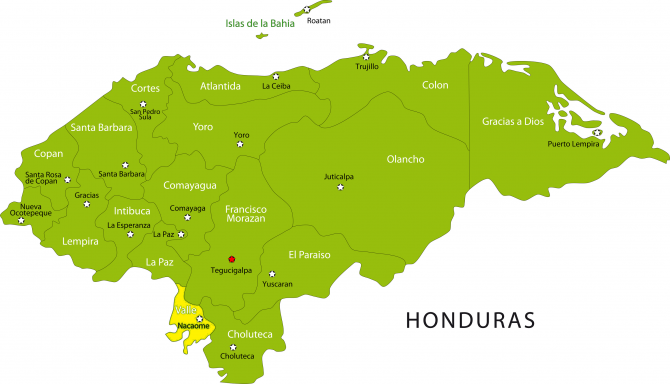
El Ojochal is in the warm southern region of Honduras and has a rocky terrain at relatively low altitudes. The area experiences occasional seismic movement due to its proximity to the volcano Isla del Tigre, Amapala.
There are two classrooms in the elementary school of El Ojochal. One room is for the 1st, 3rd, 5th graders while the other is for the 2nd, 4th, and 6th graders. There is also an outside portable for the kindergarteners. The school day lasts from 6:30am – 12:40pm, Monday through Friday, and the school year begins on February 1st and ends on November 30th.
It is a public school that has funding from the local government, which also supplies the books used in the classroom. Normally, the school receives $30 per month to help pay for school supplies such as notebooks and pencils for the students, however, this money is often never received.
Similar to North American schools, most students are 6 years of age when they enter the 1st grade and are 13 years old when they are done with the 6th grade. Due to the lack of an accessible middle and high school around the community, most students do not pursue further education after the 6th grade, as seen in many other rural communities in Honduras.
Each schoolroom is approximately 18 ft x 18 ft. There is electricity in the school, which is not always the case in rural elementary schools. There is a chalkboard covering one wall of the room in each room. There is a bit of space outside the school doors to host activities however the ground is not level and slopes down on one side. There are four latrines and one water storage basin (pila) outside the school, however, the water is only for cleaning.
There are three teachers for the school, one per classroom. The school director is Lilian Urania Marquino Rodriguez. She started her training in 2005 and has been working as a teacher in El Ojochal officially since 2006. She is from the closest city called San Lorenzo and received her teachers degree at the Choluteca Normal Mixta del Sur teaching academy.
Prior to collaborating with Global Brigades, 70% of the homes did receive water but it wasn't suitable for drinking. Less than a quarter received suitable drinking water in their homes, which only came once per week. After working with Global Water Brigades, El Ojochal now has a water system that functions very well with the support of a Water Council who administers the system.
The most common illnesses plaguing this community are as follows:
Upper respiratory infection / common cold / Pharyngitis
Parasites
Gastritis /Acid Reflux
Dermatitis / Fungal Infections/Skin Disorders
Arthritis/Arthralgia/Bone Pain
Hypertension
In order to help combat these illnesses, Global Brigades is developing the community holistically in order to address all aspects of health, hygiene, and finances.
The average annual income for those working outside the home is $1400. The main source of income is agriculture, however some work cutting down trees, at shrimp factories, or on melon farms. Most of their income is spent on food, education expenses, medical expenses, and transportation. The Microfinance team and the Nuevo Amanecer community bank are working to improve the access to credit for the households in this community.
The Architecture Brigades program began working in the community of El Ojochal in May 2014. Over the course of several brigade visits to El Ojochal, volunteers tore down and re-built eight houses out of cement and adobe. Previously, these homes lacked proper walls which left families suceptible to the elements and lacking privacy. Families did not have the means by which to repair the houses on their own. With the contributions and physical labor from student volunteers, these families received a new home during the course of a one-week brigade.
